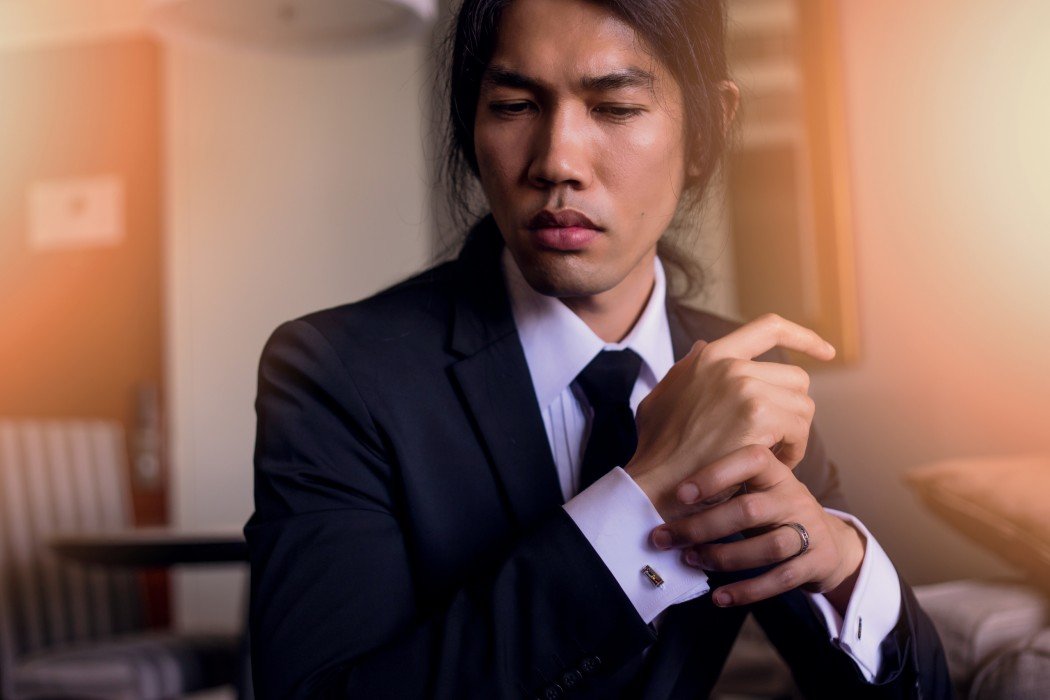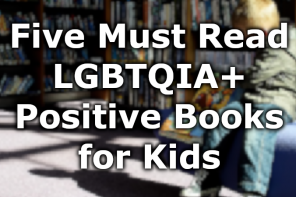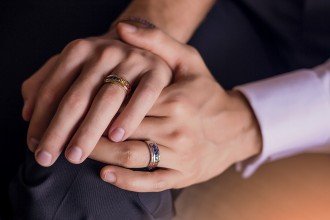LGBT weddings are becoming increasingly common thanks to sweeping changes both in the law and public perception. While public acceptance for LGBT couples is on the rise, it also raises some questions about how to handle various aspects of modern etiquette. After all, when Emily Post set out to establish the rules of etiquette, gay couples were simply not a topic of conversation. Although most rules of etiquette are simple enough to modernize, there are some issues which have ingrained gender roles – who pays for the wedding, who hosts guests, etc. These issues were originally distributed between a bride or groom’s family, but with modern weddings this can be more difficult to navigate.
Traditional Manners, Updated Scenarios
By and large, established manners and etiquette for just about anything – including weddings – is about showing grace and being polite to others. That’s an easy principle to apply to any situation. But we’ve found some of the finer points of wedding etiquette do require a closer look when they are applied to an LGBT ceremony.
Who Do We Tell First?
Traditionally, the parents of both the bride and groom were the first to hear the news of the engagement. Today, many couples still share the news with their parents and immediately family first, including LGBT couples. However, some people who come out as gay, transsexual or bi-sexual end up losing some or all of their family members. In these cases, it’s best to tell the people who have become your family since you came out.
Walking Down the Aisle
Many young girls dream of the day their father walks them down the aisle at their wedding. But many others don’t. More and more women of every sexual orientation are choosing to have someone other than their father give them away on their big day. So the old rules about needing to be given away by a father or other male relative have long gone. Same sex couples sometimes walk down the aisle together, establishing their union from the very first moment they appear at the service. Members of the couple can also walk down separately. In sort, there are no rules about being given away – this is a tradition that, while still loved by many, has been evolving for some time.
The Wedding Party
For same sex couples, sorting out the wedding party can get a little confusing. Is it okay to have two best men or maids of honor? How many groomsmen does one couple really need? Does everyone need to be the same gender? And what are they all supposed to do anyway? This actually comes down to a matter of preference for the couple. Wedding parties vary in size but it’s normal for each person to have one main attendant, the best man or maid of honor, along with one or two other attendants like the bridesmaids and groomsmen. The people chosen to be in the wedding party give support to the bride and groom during the preparation of the wedding and it also gives the couple the chance to make them a part of the celebration. So there’s no need for all members of the wedding party to be the same or for couples to even have a wedding party. Attendants should, however, dress similarly. It designates them as a part of the wedding and a part of the couple’s immediate “family”. Also, it’s simply a tradition that most couples find worth preserving.
Who Pays?
Most people know that it’s traditional for the bride’s family to foot the bill of a wedding. That’s a tradition that has been getting phased out for a long time and, today, more and more people are paying for their own wedding or at least part of it. If the families of an LGBT couple are able and willing to help pay for some of the wedding, it doesn’t matter who’s family it is. Ultimately, budgeting, planning and funding the wedding is the responsibility of the couple – any outside help they are offered should be graciously accepted without concern about traditional roles for family.
Inviting Difficult Relatives
For LGBT couples, deciding whether or not to invite family members who have spoken out against same-sex marriage is often a difficult choice. Many experts agree that sending a wedding invitation to that previously unsupportive relative is a good idea for couples who want to extend an olive branch. In theory, family love should come before anything, including politics and religion. But that does not mean a couple should feel obligated to invite someone they genuinely don’t want to be there.
Can Men Have a Bridal Shower?
Traditionally, women have thrown bridal showers in order to celebrate upcoming nuptials. Small gifts – for the bride or for her and her soon husband – are exchanged, and it’s always been pretty much a girls-only event. But, according to the gentlemen wedding guides over at The Man Registry, men have already started adapting this ritual to suit their own needs. “Man showers” are, reportedly, getting pretty popular among both straight and gay men as a way to kick off the celebrations early and score a few gifts along the way. So, while it may not be mainstream yet, there’s nothing to stop a male couple from throwing the pre-party. I gotta say though, you might want to come up with a better name for it than a “man shower” (then again, some men might not mind the analogy).
Maintaining traditions established more than a century ago can be difficult under any circumstances. Adoption, blended families and multiple marriages have all contributed to changes in wedding etiquette over the past several decades. The changes brought about by marriage equality for the LGBT community will add to this continuing development of marriage as a reflection of mankind – how we celebrate our own love and the love of those around us.





